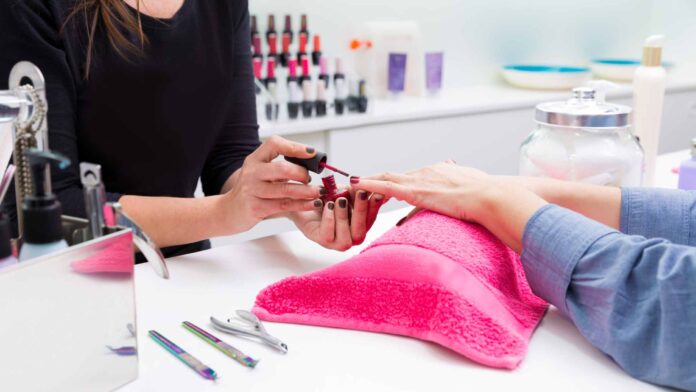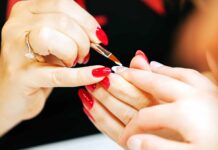Do you have to buff press on nails before painting? This is a common question that many people ask when it comes to applying press-on nails at home. Buffing your nails before painting them can make a significant difference in the final result, so it’s important to understand why this step is necessary and how to do it properly.
Why is Buffing Press-On Nails Important?
Buffing press-on nails before painting them is crucial for several reasons. First and foremost, buffing helps to smooth out the surface of your nails, ensuring that the polish adheres better and lasts longer. When you buff your nails, you remove any ridges or imperfections that could cause the polish to chip or peel prematurely.
Additionally, buffing your nails can help to create a more even and professional-looking finish. By removing any rough edges or uneven surfaces, you can achieve a smoother application of polish, resulting in a more polished and polished appearance.
Step-by-Step Guide to Buffing Press-On Nails
To buff press-on nails before painting, follow these simple steps:
1. Start by washing your hands thoroughly to remove any dirt, oil, or debris from your nails.
2. Use a nail file to gently shape your nails to your desired length and shape.
3. Use a buffing block or nail buffer to gently buff the surface of your nails in a back-and-forth motion. Be careful not to apply too much pressure, as this can cause damage to your nails.
4. Continue buffing until the surface of your nails is smooth and free of any ridges or imperfections.
5. Use a clean, dry nail brush to remove any dust or debris from your nails.
Practical Tips for Buffing Press-On Nails
– Be gentle when buffing your nails to avoid damaging the nail bed.
– Use a fine-grit buffer to avoid creating scratches on the surface of your nails.
– Avoid buffing your nails too often, as this can weaken the nails over time.
– Make sure to clean and sanitize your tools before and after each use to prevent the spread of bacteria.
Pros and Cons of Buffing Press-On Nails
Pros:
– Helps to smooth out the surface of your nails for a more even application of polish.
– Enhances the longevity of your manicure by improving the adhesion of the polish.
– Creates a more professional-looking finish.
Cons:
– Over-buffing can weaken the nails and cause damage.
– Requires additional time and effort in your nail care routine.
In conclusion, buffing press-on nails before painting is an essential step in achieving a flawless and long-lasting manicure. By following the simple steps outlined above and incorporating practical tips into your nail care routine, you can ensure that your press-on nails look their best every time. So next time you reach for that bottle of polish, don’t forget to buff your nails first for a picture-perfect finish.












